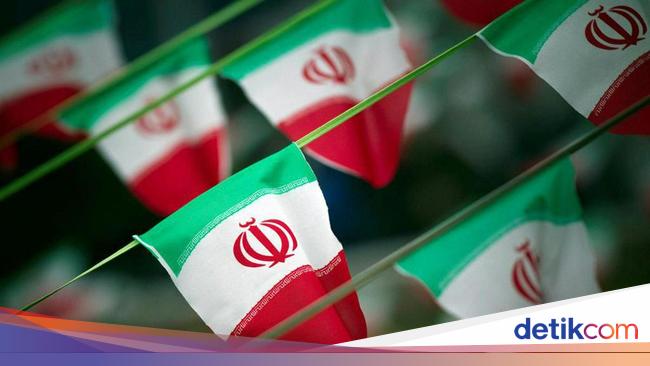#Military #experts #signs #wont #easy
Battle dynamics
Priority targets have not changed too much in nature:
- Russian fuel depots (e.g. attacked such targets in the cities of St. Petersburg, Volgograd) and ammunition depots (e.g. strikes in Tokmak, Berdiansk, Mariupol);
- Command and control points of the aggressor (e.g. strike at Belbek airport);
- Russian aviation (e.g. strike on Sakai airport).
Also, Ukrainian forces organized one of the most efficient and effective operations of the last month, when they destroyed the Moskit missile carrier “Ivanovec” with four naval drones off the coast of Crimea.
As usual, after the more intense last week, the aggressor saved rockets, so their losses decreased significantly (27 and 3). The dynamics of monthly losses in this area indicate that the Russians are continuing the tactics used last year, with more intense missile strikes occurring approximately every other week.
The occupiers relied largely on Shahed drone strikes, with increased use and losses (105 and 127). The dynamics of the month show that the scale of the use of suicide drones has been growing consistently.
Other Russian losses
The aggressor’s manpower losses increased even more (6080 and 6640). Looking back over the entire month of February, we can see that the Russians suffered the greatest loss of manpower in the last week.
Meanwhile, the losses of the aggressor’s armored vehicles decreased significantly in the last week (304 and 210). After relatively heavy losses in the previous two weeks, losses in this area have almost returned to the results of early February.
Artillery losses remained high (226 and 241) and reached monthly highs.
The dynamics are almost identical in the area of the aggressor’s logistical transport (241 and 290). The losses last week were the biggest in the entire month of January.
As in the previous week, higher Russian losses were recorded in the first half of the week, and in the second half the efficiency dropped quite significantly. This is mainly due to the intensity of operations carried out by the occupiers.
Assessment of the situation
The aggressor is likely to carry out larger-scale missile and drone strikes against Ukrainian military and civilian infrastructure this week.
The total losses of the aggressor’s maneuver units, artillery and logistical transport remained high or increased even more.
However, the dynamics of last week’s losses show that in the first half of the week, the effectiveness of the Ukrainian fire drops while resisting Russian pressure, which the aggressor is successfully using.
We can see this most clearly on the northern flank of Avdijivka, where the Russians managed to break through the Ukrainian defenses and reach the northern approaches of the city. So, Avdijivka’s pincers are bit by bit, but they are pressing.
The aggressor’s ability to push forward and, despite losses, maintain new positions in the Kremina sector and the Terni section is also a confirmation of the decrease in fire efficiency of the Ukrainian defenders.
On the other hand, even after suffering heavy losses at the beginning of the week, the Russians managed to advance on the northern approaches of Novomychailivka.
The causes of these problems are likely to be complex:
- Ukraine’s maneuver units on the contact line are short of manpower, lack of lower-level commanders, and combat troops are overworked. Defense sectors that are larger than possible lead to a lack of coordination at the Ukrainian tactical-operational level.
- It remains a challenge for battalions, brigades and types of forces to work effectively together in both defensive and offensive operations.
- In situations where the Russians attack in various places and it is sometimes difficult to understand where the direction of their main efforts is, the Ukrainians’ lack of coordination, dissemination of information and interaction allows the occupiers to achieve the desired result.
The Russians continue to maintain a high level of ability to mobilize reserve units that are not well trained and equipped, but quickly start operating in the contact line, thanks to which the aggressor can quickly react to the changing situation and strengthen the desired axes of their attack.
The Ukrainians are able to partially compensate for the lack of artillery ammunition with drones.
Thanks to drone repeaters, the Ukrainian forces are able to demonstrate their advantage in the field of drones not only in the contact line (up to 8 km), but also in the enemy’s deeper rear (about 20 km).
However, the reaction time of drone strikes is longer and the firepower is lower than that of artillery, so in case of “meat assaults” of the aggressor and constant pressure, the Russians are able to break through.
It must be remembered that the occupiers have an advantage not only in the amount of artillery ammunition, but also in aviation. Russian KABs continue to be a major problem on the contact line, while Ukrainian air defense successes in downing aggressor aircraft are more episodic.
Ukraine lacks modern Western air defense systems, which are primarily focused on defending strategic objects in defense depth.
- Alignment of the contact line in critical sections (where the aggressor has the initiative), with units establishing themselves in places more suitable for defense and defending in a more acceptable way (changing defense methods);
- Mobilization (the bill is now in the Rada) and supervision of combat training in the rear;
- The transfer of weapons, equipment and equipment to Ukraine, not in the form of coalitions of various weapon systems (tanks, artillery, air defense, etc.), but in combat sets of battalions and brigades.
EU leaders agree to allocate 50 billion EUR support to Ukraine is optimistic.
However, the deplorable decision-making vacuum in the US and the disgusting mess of internal politics in Ukraine (drama over the possible replacement of Gen. V. Zaluzhno, etc.) show that it will not be easy.












